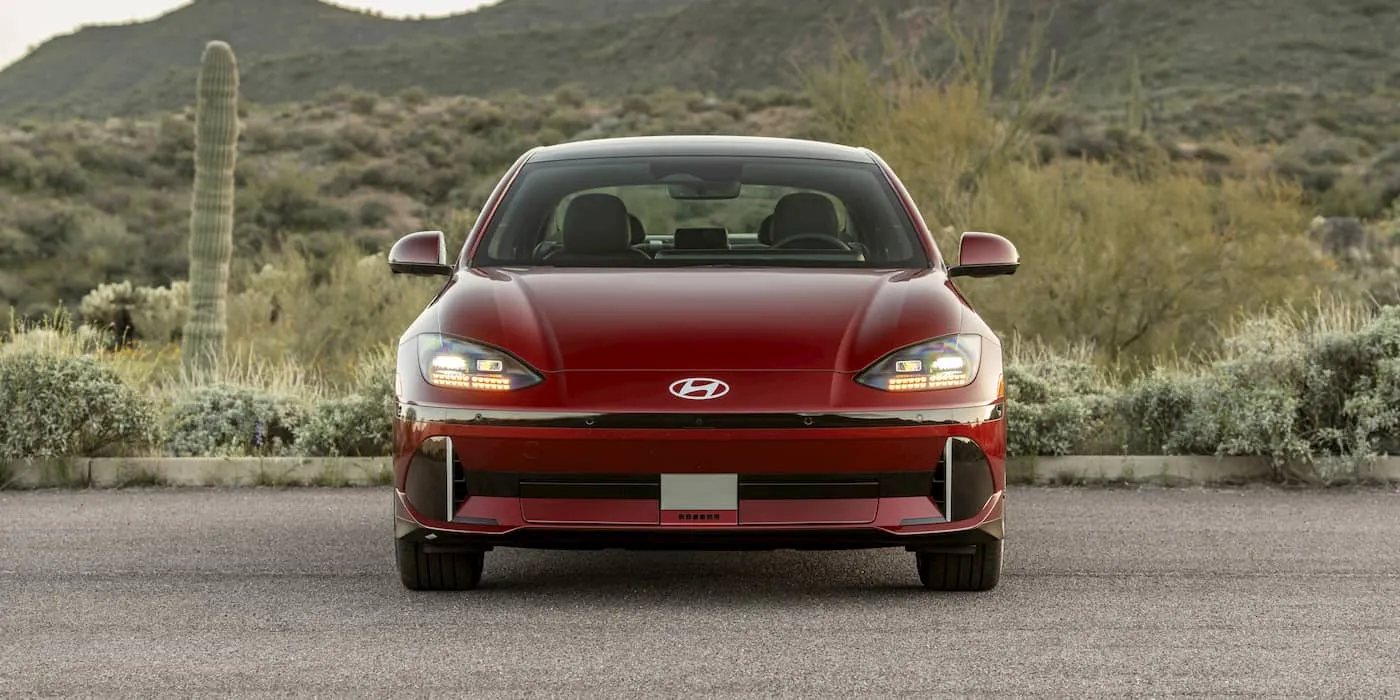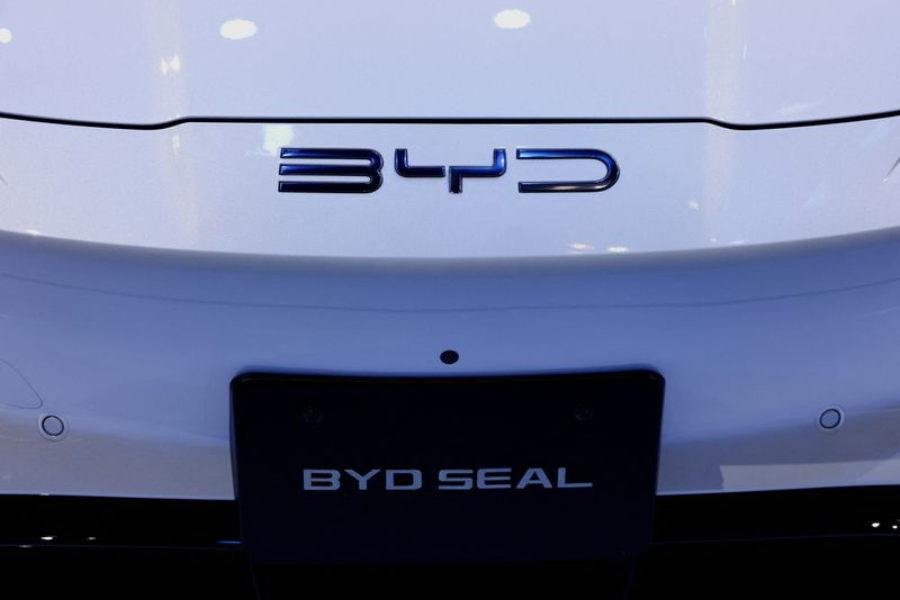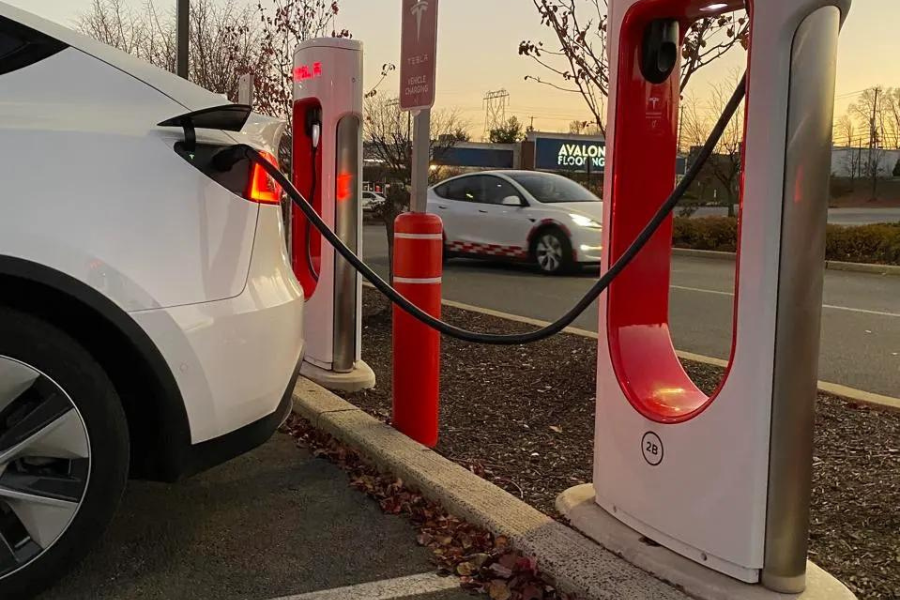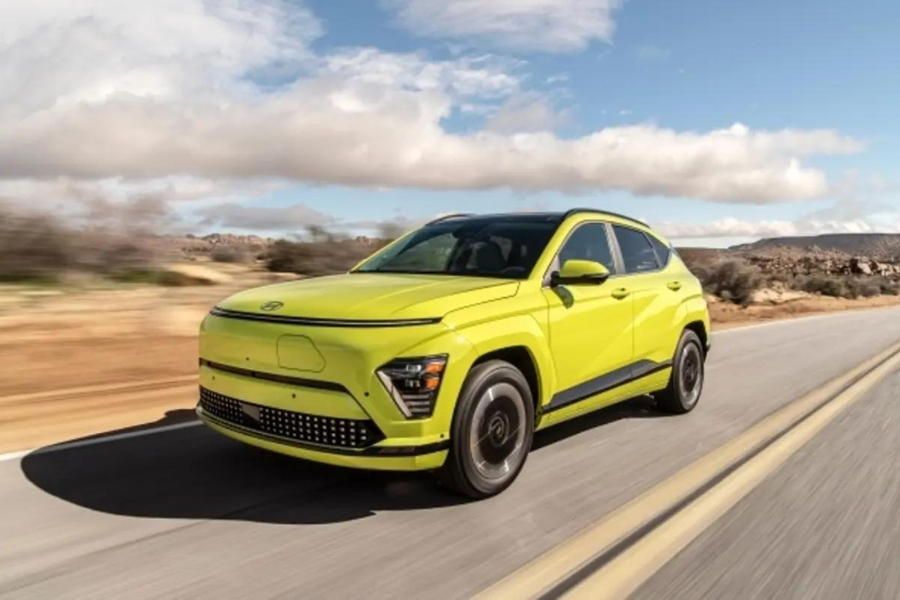The news this year has been inundated with alarming accounts of individuals facing challenges while driving electric cars in extremely cold weather. Some media outlets, notably those at Faux News, have seized every opportunity to criticize electric cars without considering the underlying reasons for the unusually cold winter. Unfortunately, critical thinking does not seem to be their forte.
CleanTechnica readers are well aware that, contrary to intuition, global heating is the root cause of the breakdown of atmospheric barriers, leading to the intrusion of sub-zero air over much of the US and Europe.
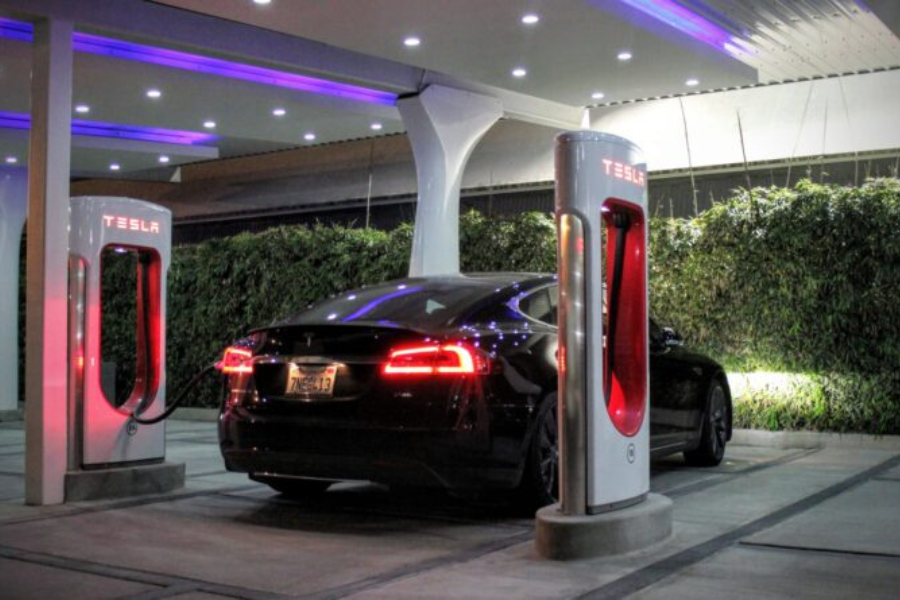
The fact remains that extreme cold poses challenges for virtually all machines. People have developed strategies to cope with these challenges. For years, individuals in cold climates have used engine block heaters to ensure their cars and trucks start smoothly in the morning. Diesel fuel tends to congeal in extreme cold, impeding its flow.
Electric cars, relying on batteries (duh!), face unique challenges in cold weather. Batteries operate based on chemical reactions that slow down as temperatures drop. According to Jack Brouwer, director of the Clean Energy Institute and a professor of mechanical and aerospace engineering at the University of California, Irvine,
“It ends up being very difficult to make battery electric vehicles work in very cold conditions. You cannot charge a battery as fast or discharge a battery as fast if it’s cold. There’s no physical way of getting around.”
Cold batteries take longer to charge, leading to delays at charging stations. Drivers accustomed to brief charging times now face twice as much time due to the unavoidable impact of cold weather.
Until new technologies emerge that enable better battery performance in cold conditions, these challenges persist. Although sodium ion batteries promise faster charging in the cold, they are not yet widely used.
Electric car manufacturers employ sophisticated heating and cooling systems to maintain battery packs at the optimal temperature. However, these systems draw power from the battery unless the car is plugged in. Both Tesla and Ford provide detailed instructions on driving in cold weather, emphasizing the importance of pre-conditioning the battery and interior by scheduling when the car is expected to be driven the next day.
While many electric car owners may be unaware that their vehicles have a conventional 12-volt battery in addition to the high-voltage battery, it plays a crucial role in operating functions such as door locks, interior lights, and control systems.
Some newer Teslas provide warnings about the condition of the 12-volt battery, underscoring the importance of regular checks and timely replacements for this component.
EVs Are Better In The Cold
Norway boasts the highest proportion of electric cars on its roads globally and faces the challenges of cold weather. Viking Assistance Group, akin to AAA in North America, plays a crucial role in providing roadside aid in the country. Svein Setrom, the head of operations for Viking in Norway, notes an unprecedented surge in service requests, with twice as many calls for assistance compared to previous years.
Describing the situation as “absolutely extreme,” Setrom, who has 30 years of experience with Viking, highlights the substantial increase, particularly from January 1 to January 11, during which Viking in Norway responded to 17,400 calls—nearly double the number in 2022. The predominant issues reported involve starting difficulties and battery failures.
Contrary to the assumption that electric cars may struggle more in cold weather, Setrom dispels this notion, stating, “Electric cars are better in the cold.” Among the starting problems resulting in assistance calls, electric cars account for only 13 percent, while the remaining 87 percent are attributed to conventional cars. Setrom emphasizes that this indicates electric cars perform almost twice as well as fossil fuel cars in cold conditions.
Analyzing the overall assistance cases for the year, electric cars constitute 21 percent, while conventional cars make up the majority at 79 percent. The data challenges misconceptions about electric cars’ performance in cold weather, showcasing their reliability and efficiency, particularly in Norway’s challenging climate.
Electric Cars And Reality
Certain realities about driving electric cars in cold weather are well-established. Firstly, the range tends to decrease. Secondly, charging times tend to extend. Thirdly, charging equipment is more prone to failures, adding complexity to the situation.
James Boley, a spokesman for the Society of Motor Manufacturers and Traders, a trade association representing over 800 automotive companies in Britain, emphasizes that all vehicles, whether diesel, gas, or electric, experience performance challenges in cold weather.
He points out that the issue is less about the capability of electric vehicles to operate well in cold conditions and more about the inadequacy of infrastructure, such as charging stations.
Lars Godbolt, an adviser to the Norwegian Electric Vehicle Association, representing over 120,000 electric car owners in Norway, notes that charging stations in the country experience longer queues in winter compared to summer.
This is due to electric cars taking longer to charge in colder weather. However, this concern has diminished in recent years as Norway has expanded its charging infrastructure. Notably, the majority of people in Norway reside in houses, not apartments, and almost 90 percent of electric vehicle owners have their own charging stations at home.
It’s worth highlighting that the coldest countries in Europe—Norway, Sweden, Iceland, Finland, and Denmark—all show robust sales of electric cars. The challenges associated with cold weather are likely to decrease as companies update electric vehicle models.
Over the past few years, advancements in technology have enabled newer models to be more efficient in cold conditions. Lars Godbolt notes, “These new challenges rise up, and the industry innovates their way to not completely but at least partly solve many of these issues.”
While it’s true that some electric cars encounter issues in cold weather, many drivers fail to educate themselves about the unique features of electric cars compared to conventional vehicles.
Awareness about practices such as pre-conditioning the battery and the ability of electric cars to defrost themselves and warm the interior—features uncommon in combustion engine cars—is often lacking. The positive aspects, such as getting into a warm car with frost-free windows and mirrors, tend to be overlooked by those who criticize electric cars. As CleanTechnica advocates, “Keep calm and charge on.”

